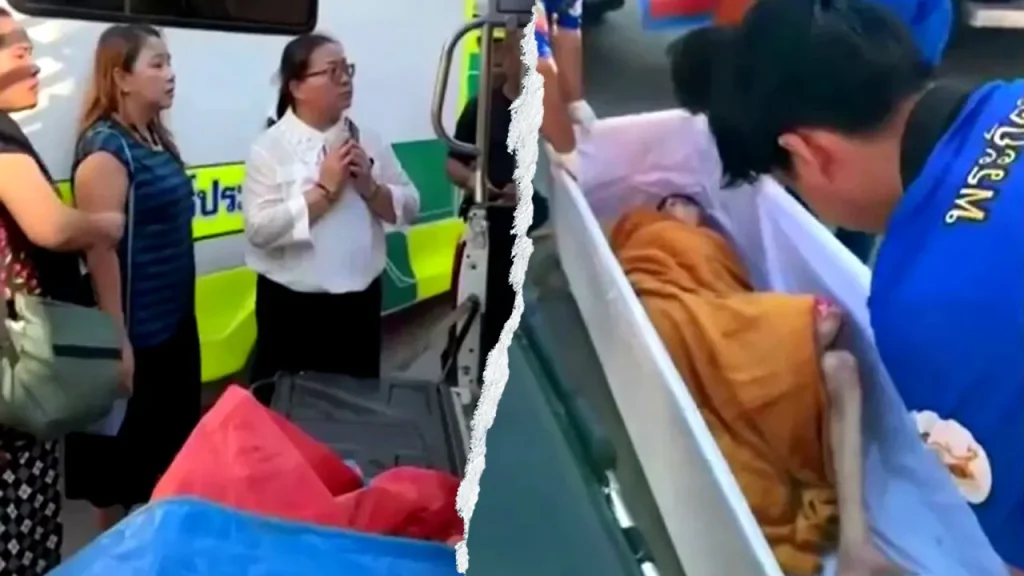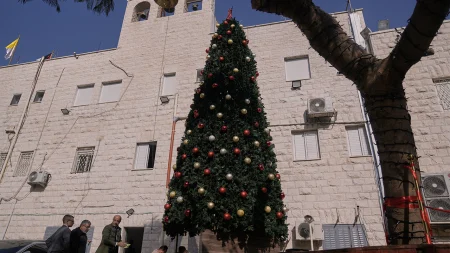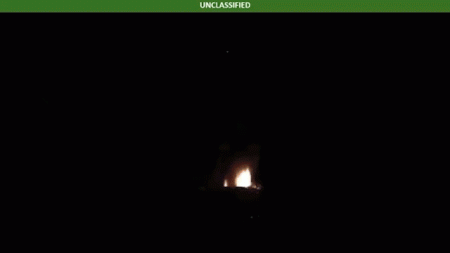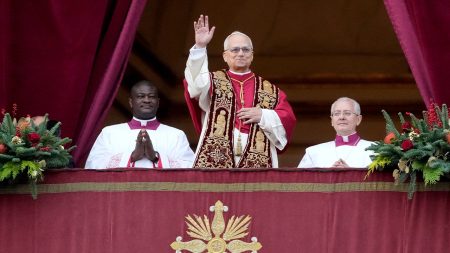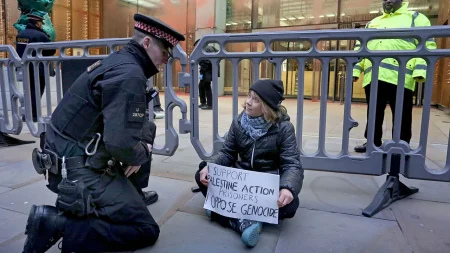Thai Woman Discovered Alive in Coffin After Being Presumed Dead
In a remarkable turn of events that reads like something from fiction, a 65-year-old Thai woman presumed dead shocked temple staff in Bangkok when they heard faint knocking coming from inside her coffin. This extraordinary incident unfolded at the Wat Rat Prakhong Tham temple, where the woman’s brother had brought her for cremation after believing she had passed away. The temple’s general and financial affairs manager, Pairat Soodthoop, recounted the astonishing moment when, during discussions about cremation arrangements, he and others heard unexpected sounds from within the coffin. “I was a bit surprised, so I asked them to open the coffin, and everyone was startled,” Soodthoop explained. “I saw her opening her eyes slightly and knocking on the side of the coffin. She must have been knocking for quite some time.” A video posted on the temple’s Facebook page captured the incredible moment, showing the woman moving her arms and head inside the white coffin placed in the back of a pickup truck, leaving onlookers in a state of disbelief.
The circumstances leading to this extraordinary situation began approximately two years earlier when the woman became bedridden due to health issues. According to her brother’s account, her condition had recently deteriorated until she appeared to stop breathing two days before the temple incident. Convinced his sister had died, he placed her in a coffin and embarked on a 300-mile journey from Phitsanulok province to Bangkok, intending to fulfill her wish to donate her organs to a hospital. The journey itself must have been emotionally taxing—driving hundreds of miles with what he believed was his sister’s body, planning to honor her final wishes while grieving her loss. Upon reaching the hospital, however, staff refused to accept the woman’s body without an official death certificate—a standard but crucial bureaucratic requirement that, in this case, inadvertently saved a life. Finding himself unable to proceed with the organ donation, the brother sought an alternative solution at the Wat Rat Prakhong Tham temple, which offers free cremation services.
At the temple, the brother encountered another bureaucratic hurdle when staff informed him that they, too, required an official death certificate before proceeding with cremation. This seemingly frustrating red tape proved providential. While Pairat Soodthoop was explaining to the brother the process for obtaining the necessary documentation, the unexpected happened—faint knocking sounds began emanating from the coffin. This moment must have been surreal for everyone present, particularly the brother who had been mourning his sister’s passing for days. The temple staff immediately opened the coffin to confirm what seemed impossible—the woman was indeed alive. Her slight movements and partially opened eyes confirmed that what appeared to be death was something else entirely, possibly a deep comatose state or severe medical condition that had mimicked death closely enough to fool her family.
The incident raises important questions about how death is verified in different contexts and cultures. In many countries, formal medical pronouncement of death is required before funeral arrangements proceed, but practices vary widely, especially in rural areas or among families with limited access to healthcare. The woman had apparently been in poor health for years, which may have led to her condition being misinterpreted when she became unresponsive. Traditional practices in some regions involve family members preparing their deceased loved ones at home, without medical verification, making such misdiagnoses of death possible, if extremely rare. The case echoes other documented instances throughout history of presumed dead individuals awakening during funeral preparations, although modern medical standards have made such occurrences increasingly uncommon.
Once temple staff confirmed the woman was alive, they quickly arranged for her transportation to a nearby hospital for proper medical care. The physical and psychological condition of someone who has endured such an ordeal is difficult to imagine—being unconscious while transported hundreds of miles, placed in a coffin, and nearly cremated before being discovered alive. The medical staff would need to evaluate not just her underlying health conditions that led to her apparent death, but also any effects from her time spent confined in the coffin without proper medical attention. For her brother, the emotional whiplash must have been extraordinary—from grief to shock to relief in rapid succession. The reunion between brother and sister would surely have been filled with complex emotions: his joy at finding her alive mingled with horror at what nearly happened, perhaps alongside guilt for not seeking proper medical confirmation of death.
In a compassionate gesture that speaks to the humanitarian values of the temple, the abbot announced that Wat Rat Prakhong Tham would cover the woman’s medical expenses. This act of kindness provides a heartwarming conclusion to what could have been a tragic situation. The story serves as a reminder of the importance of proper medical verification of death, especially in cases where individuals have been suffering from long-term illness. It also highlights how bureaucratic procedures, often seen as frustrating obstacles, can sometimes serve crucial safeguarding functions. For the woman herself, this represents an extraordinary second chance at life—having literally knocked on death’s door and been heard. While the physical and emotional recovery ahead may be challenging, the remarkable circumstances of her survival will likely be remembered by everyone involved for years to come, and her story joins the rare but persistent accounts throughout history of those who have returned from the threshold of death’s domain.





